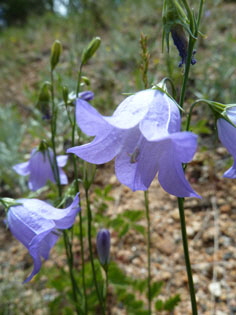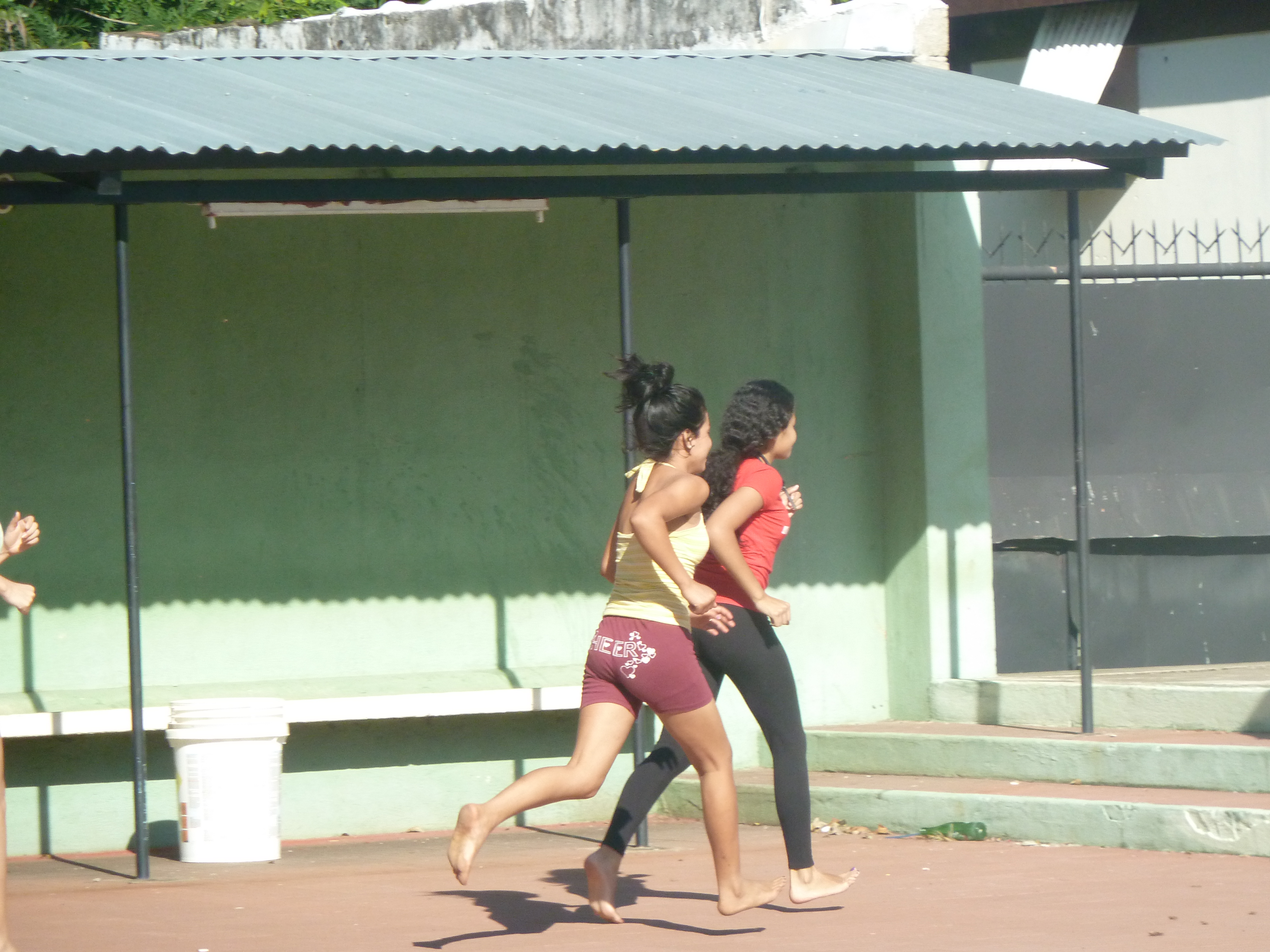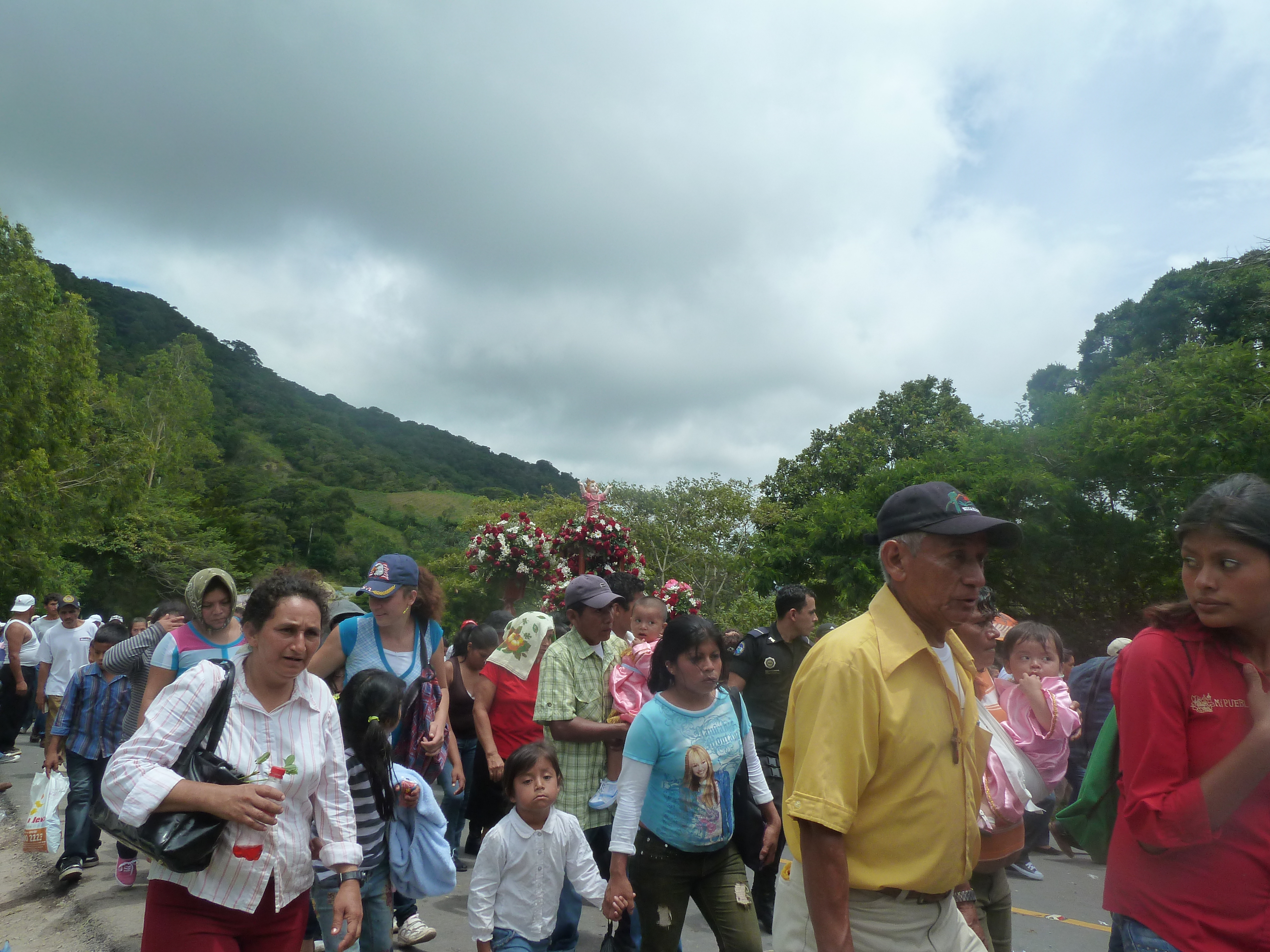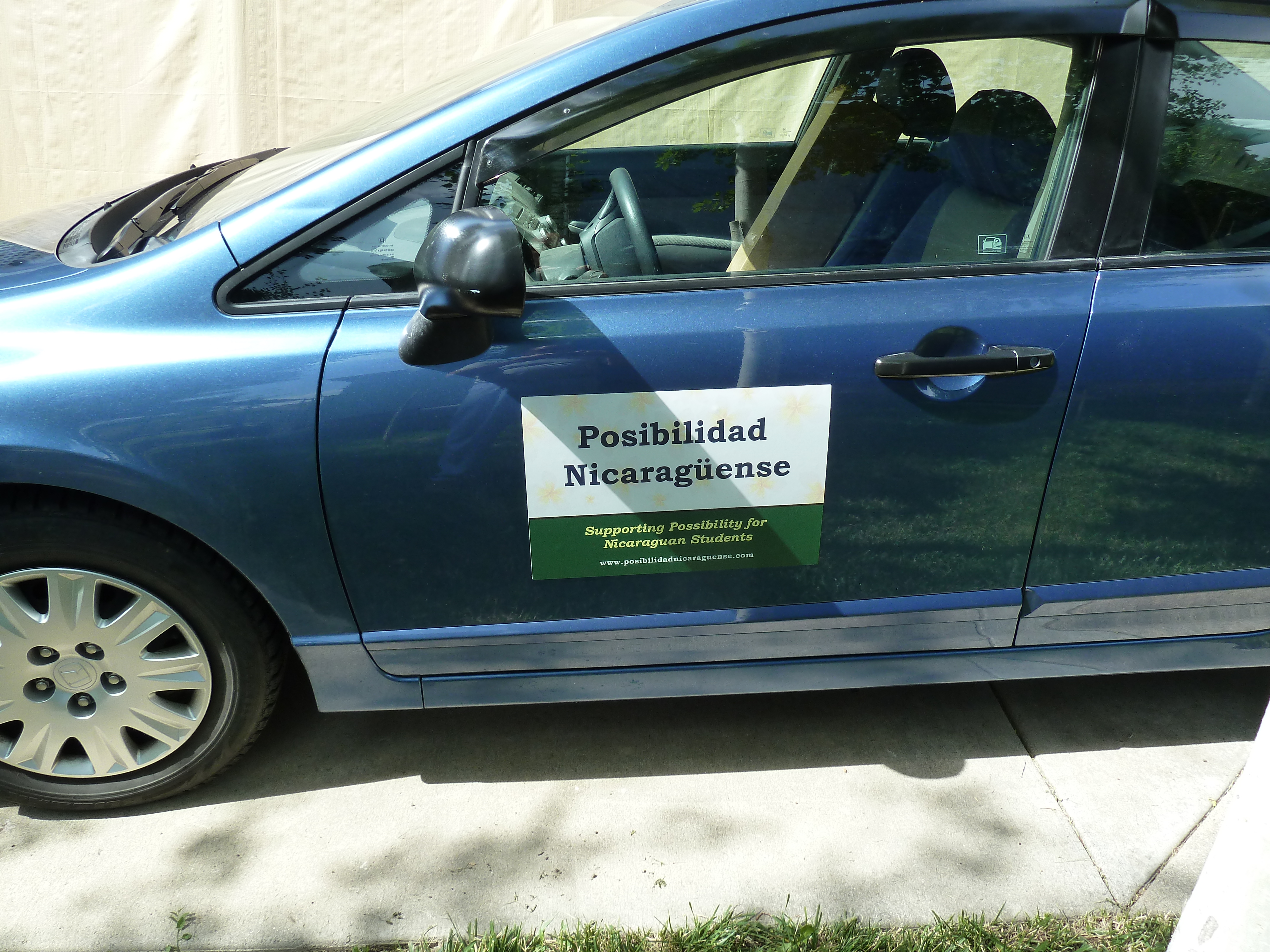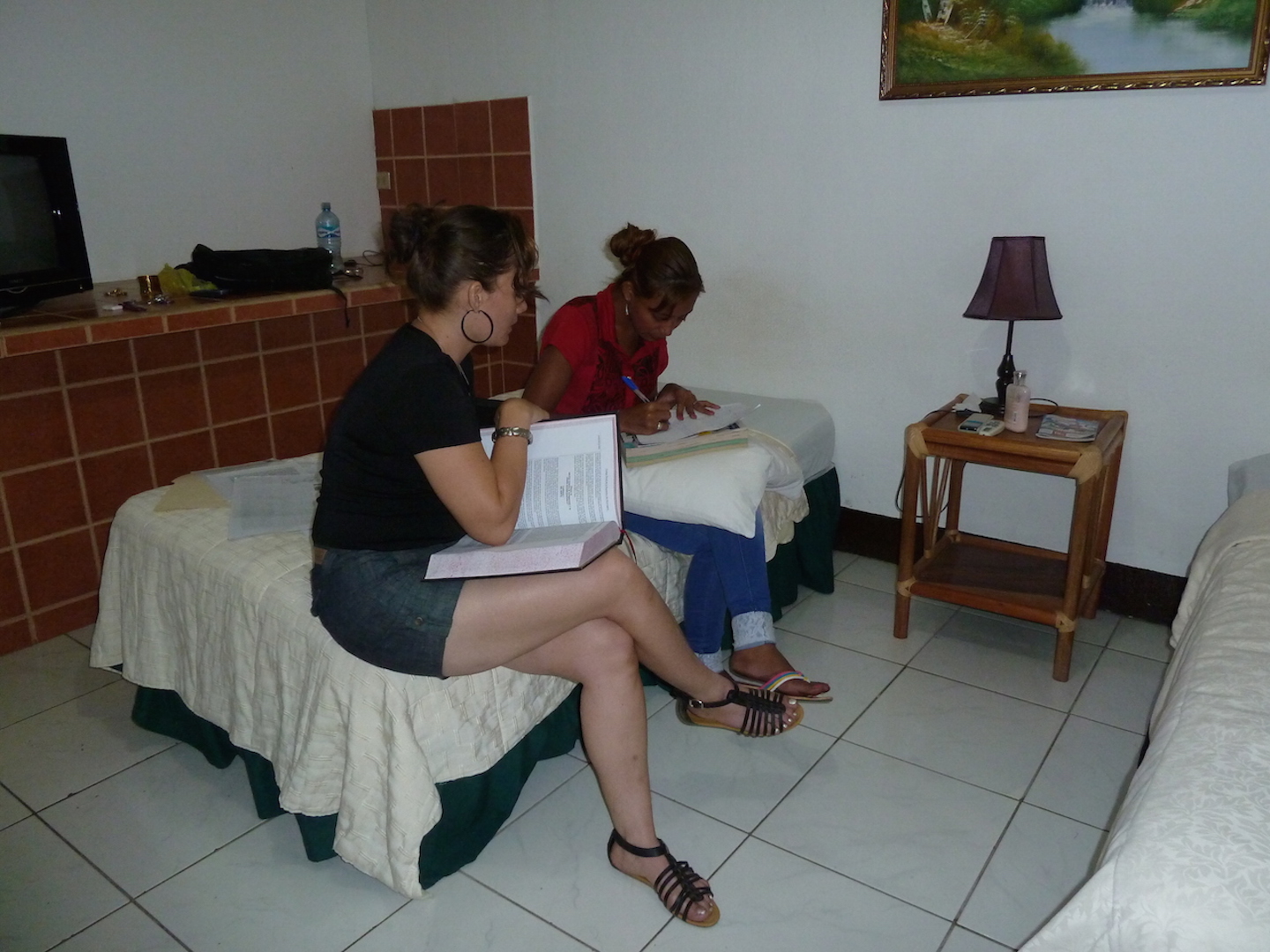Our History
History and Development of Posibilidad Nicaragüense
This project began in 2006 when the Posibilidad Director visited Nicaragua to participate in an orthopedic surgery charity mission. During that trip he provided medical services to patients in a shanty town. The residents there had been displaced from their mountain villages by mudslides caused by Hurricane Mitch (1998).
While seeing patients that day – two eleven year old girls introduced themselves. The Director began sponsoring them for the 2007 school year. Since then – our sponsored student numbers have gradually increased – currently at thirteen. The Director has supported this project primarily with his own funds.
The scope of our sponsorship project increased in 2010 when our group began to explore Nicaragua by Microbus. Some exploration has been recreational – beach trips to the Pacific Ocean. However – the primary intent of our excursions has been to expose students to progressive and sustainable Nicaraguan organizations. We visited Las Mujeres Solares in Totogalpa. They make and market well made but affordable solar powered stoves and ovens for domestic use. We also visited – Selva Negra – a beautiful, sustainable coffee plantation and resort near Matagalpa. They have very progressive labor policies and they utilize strictly organic methods.
In 2011 reproductive health classes were provided for students through ProFamilia. Three hour classes were given weekly over four months and graduates became Brigadistas (qualified to assist with reproductive health care and future classes).
In 2012 the project increased in scope again when a Nicaraguan facilitator was hired, Lidia Madriz. This allowed for many improvements including the provision of dental care and OB/Gyn preventive care and treatment. Students were provided with swimming lessons, the three dose Cervarix HPV vaccine series and English lessons. Several students have required vision testing and eyeglasses. School uniforms, school supplies and other basic supplies have been provided for our students. One family required legal assistance regarding a domestic situation.
In 2012 and 2013 our group also explored Nicaragua further. We hiked the cloud forest atop Volcan Mombacho (extinct) and students enjoyed a zip line that courses through the rain forest on that volcano’s lower slopes. Our students also explored Volcan Masaya (active) including lava tube bat caves on the lower slopes. We explored Las Isletas de Cocibolca by open kayak. Our students climbed Volcan Cosigüina formerly the highest Nicaraguan volcano (2500 m). Cosigüina erupted in a spectacular explosion in 1835. Now it is only 832 meters tall – but with a beautiful crater lake in the caldera. Nicaragua is very active volcanically and seismically. Volcan San Cristobal erupts regularly and Volcan Cosigüina has frequent tremors (last eruption in 1859).
Our January 2014 excursion included visits to Clinica Tininiska in Managua (video introduction available on Youtube), to Prolena Nicaragua Stoves and to Ometepe Island. In July 2014 we visited Finca Java, an organic coffee plantation and farm in the highlands near Jinotega. They gave demonstrations of their organic pest control and organic fertilization techniques. Our group then traveled to Somoto Canyon for a wilderness trip on the headwaters of Rio Coco. In October 2014 the group traveled to San Juan del Sur to observe La Arribada. Peaking each October, in synchrony with the moon and tides, female Olive Ridley sea turtles mate and lay their eggs on certain Pacific coast beaches.
In January 2015, the four students most interested in English language study were provided with a two day immersion class, arranged by American Nicaraguan School. These students were also provided with the Rosetta Stone English language program. James Humecky, a Thai massage practitioner and teacher, provided introductory massage classes for our group. Some students may choose to take a concentrated Thai massage training program that James provides.
Five Posibilidad students have qualified to study at UNAN – which is the national public university. To qualify, students must achieve a good score on the annual entrance exam in January – which is quite demanding. Ana Bessi has finished her third year – majoring in Analytic Chemistry. Joseling has finished her second year of Veterinary training. In addition to tuition, books and fees, these students are provided with transportation and with room and board. They are residential students, returning home only on weekends. Daniela completed teacher’s training and has begun her practice teaching. She’s living with her family while taking weekend classes @ UNAN studying Spanish Language and Literature. The other five college students in our group are all living at home and commuting, two to UNAN and the rest to private universities. Nicaraguan universities accommodate students who work – or have children – by providing weekend classes.
Daniela and Joseling are now performing with Teatro Catalina. This theater company was developed by Katie Fitzgerald and is funded in part by Amigos for Christ.
Members of our student group have developed strong interpersonal connections. It is our sincere hope that these relationships will prove durable – after students graduate from the Posibilidad student support program.

